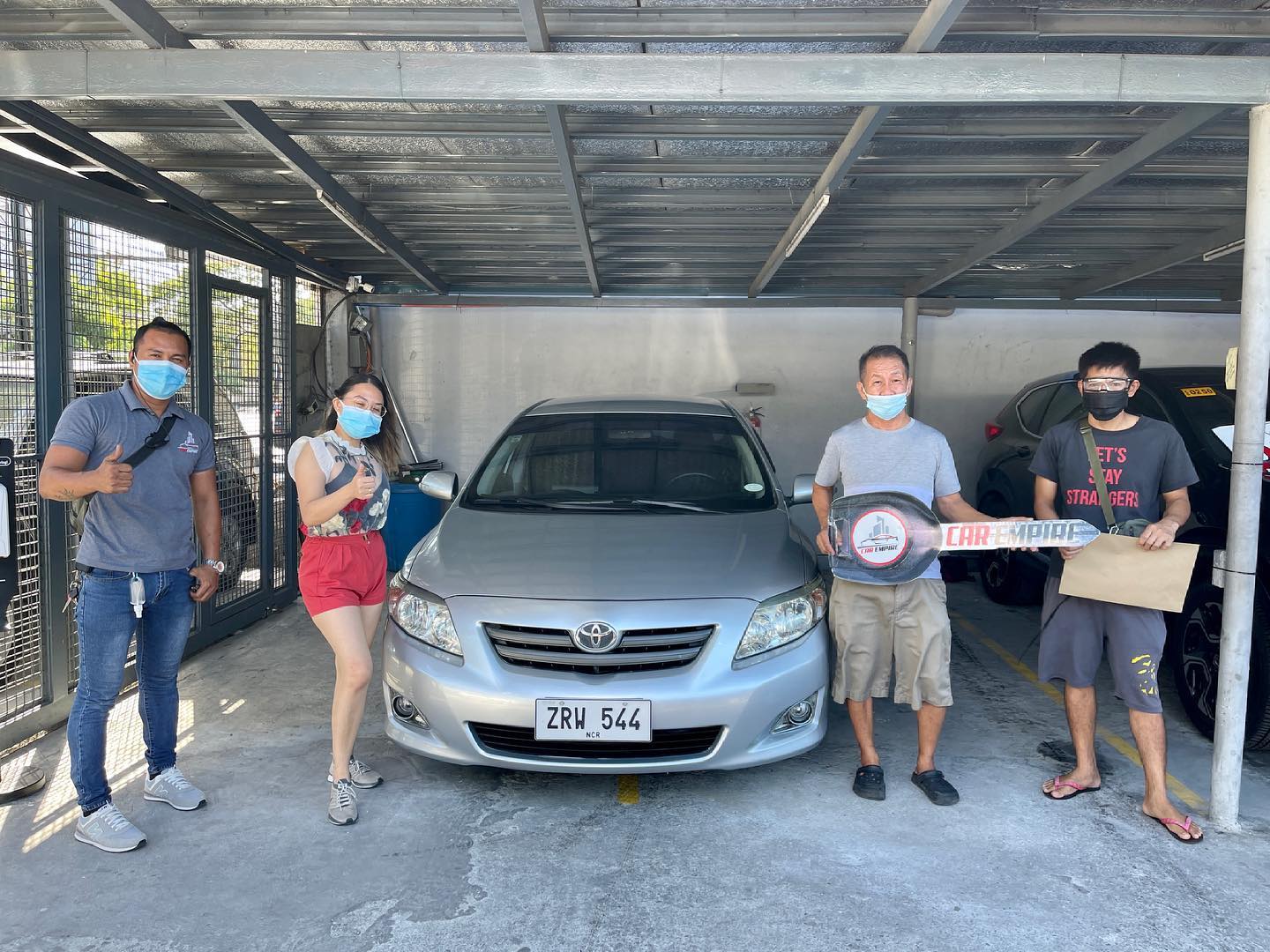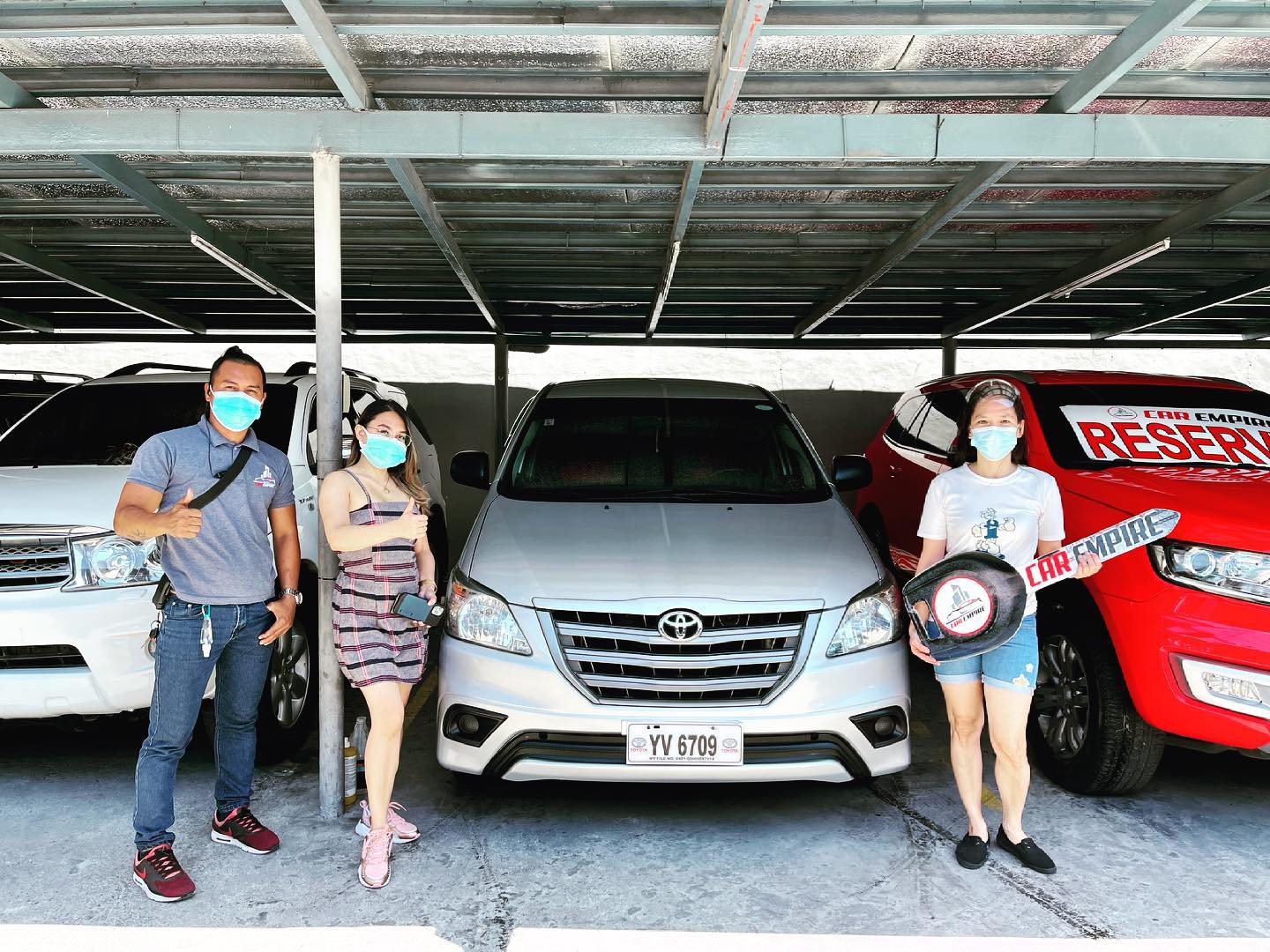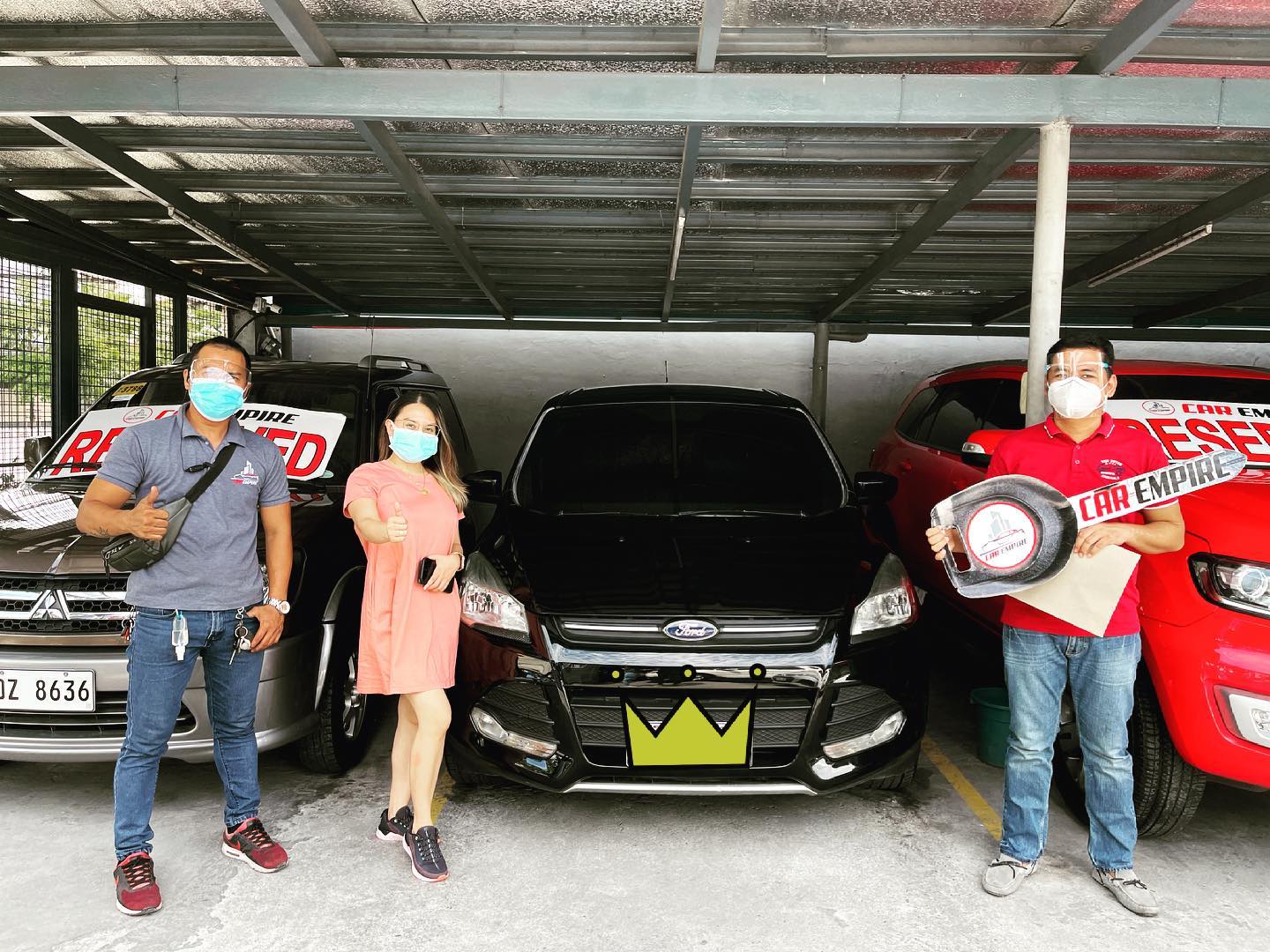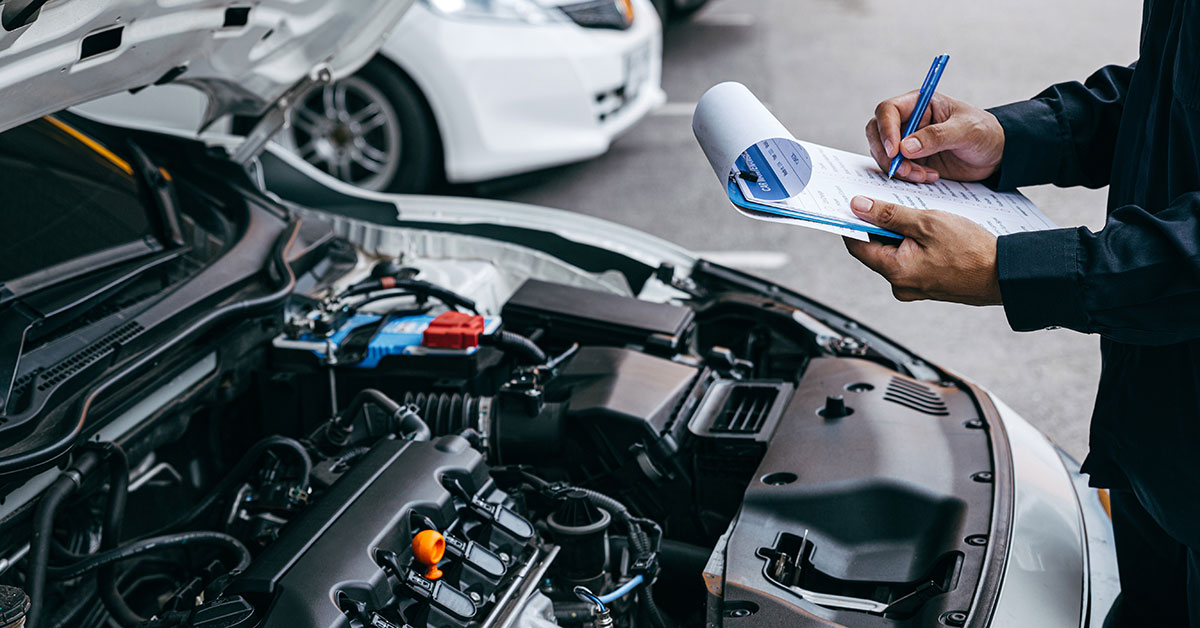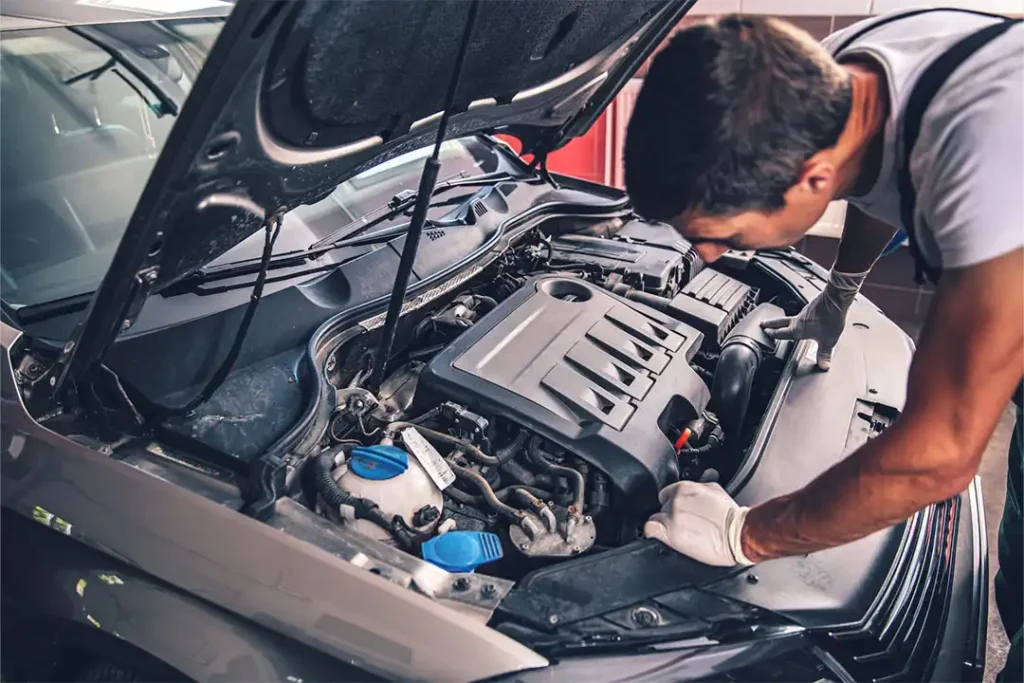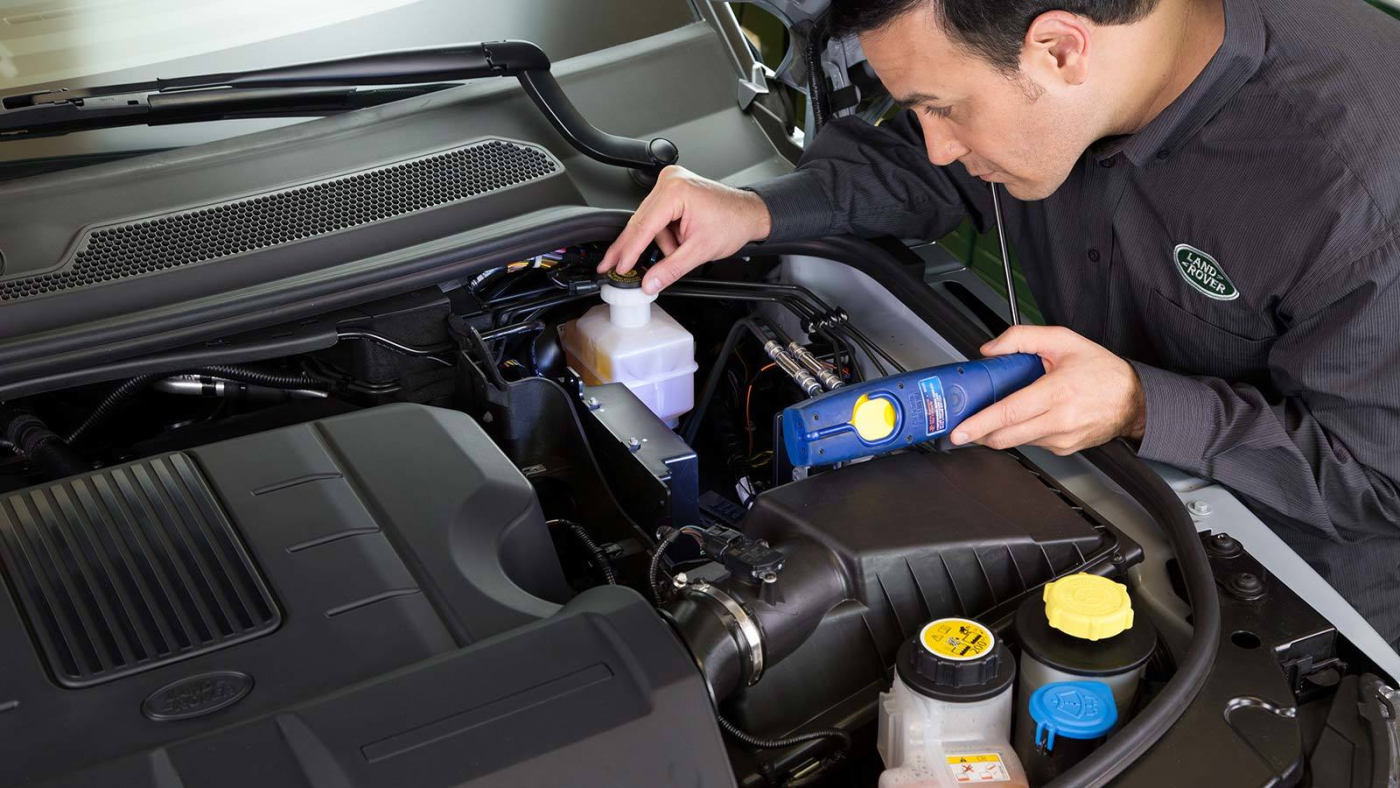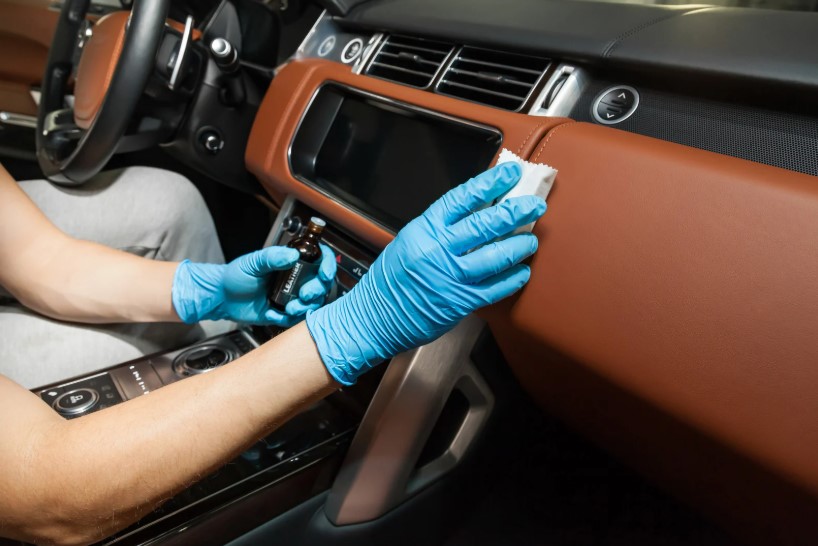A well-maintained braking and suspension system is the difference between a smooth, responsive ride and a jarring, unsafe journey. From pothole-ravaged streets to daily cornering, various factors can damage your vehicle’s handling and stopping performance. Braking & Suspension Parts Replacement isn’t just a service—it’s peace of mind.
Why Braking & Suspension Parts Replacement Matters
Your car’s brakes and suspension collaborate to keep every drive smooth and safe. Brakes slow or stop your vehicle efficiently, while suspension components absorb road imperfections and preserve wheel alignment. Damaged suspension can throw off steering, alter tire wear, and compromise mojo on curves. A compromised braking system—whether faulty pads, warped rotors, malfunctioning calipers, or failing wheel hubs—puts everyone at risk.
How Potholes & Uneven Roads Accelerate Damage
Driving over potholes, cracked pavement, or drainage grates isn’t just uncomfortable—it accelerates component decay. Each jolt transmits force through suspension bushings, ball joints, and shock absorbers. Frequent road abuse shortens part life, triggering misalignment, excessive vibrations, or sudden handling issues. That’s why Braking & Suspension Parts Replacement is vital for anyone commuting on rough roads.
Key Brake Components Involved in Replacement
When handling Braking & Suspension Parts Replacement, technicians examine every crucial braking part:
- Brake Pads: Primary contact with rotors. Worn pads compromise stopping power.
- Disc Rotors: Should be smooth—if warped or deeply grooved, they demand replacement.
- Calipers: These apply hydraulic pressure. Leaky or stuck calipers reduce brake effectiveness.
- Wheel Hubs: Hub bearings affect braking and steering; roughness or wheel wobbles hint at failure.
Every part plays a supporting role in safety, so a comprehensive check—rather than a patch job—is essential before replacement.
Suspension Parts That Commonly Wear Out
- Shock Absorbers & Struts: These features define ride comfort. Leaks, rust, or sagging wear signal replacement time.
- Ball Joints: Always under stress, especially on potholes—looseness means instability.
- Control Arms & Bushings: Loose bushings amplify noise and enhance steering play.
- Tie Rod Ends: A worn tie rod can loosen steering response and throw wheel alignment off.
Swapping worn parts back to factory specs restores ride quality and prevents bigger issues—like tire damage or steering loss.
Why Regular Inspections Prevent Costly Repairs
Many drivers delay Braking & Suspension Parts Replacement until something fails. But scheduling inspections every 12,000–15,000 km or annually ensures earlier detection. Routine checks save valuable parts and money down the line. It aligns you with recommended service intervals for brake fluid, aligning systems, and replacing both suspension and brake components.
DIY vs. Professional Replacement
Some mechanics opt for DIY. For basic pad swaps, it’s doable—but suspension work often needs hydraulic lifts, torque specifications, and alignment machines. Certified technicians offer:
- On-site diagnostics (noise detection, ride height analysis)
- Component dismantling and replacement using OEM materials
- Torque to factory spec and precision alignment calibrations
Trusting professionals for Braking & Suspension Parts Replacement ensures capable handling of your vehicle model—today’s cars come with complex ABS sensors and advanced suspension layouts.
Braking & Suspension Parts Replacement: Step-by-Step Process
- Initial Inspection: Technicians walk or drive your vehicle to record sounds or sensations.
- Lift & Visual Audit: Stands are used to visually inspect worn pads, rotor distortion, oil leaks, and rust.
- Component Removal: Calipers and brake lines are carefully removed to access worn parts.
- Part Replacement: Worn pads, rotors, struts, and hubs are swapped with OEM or OEM-equivalent aftermarket parts.
- Reassembly & Calibration: Brakes are bled, torqued to factory specs, suspension nuts tightened, alignment performed.
- Road Test: Post-service drive confirms restored stopping distances, steering response, and comfort.
Takeaway
Today’s roads pose unpredictable hazards. Choosing proactive care over reactive services saves time and money. A well-informed driver gets a safer, smoother ride—and fewer surprises.
If your ride feels driftier than usual, or brakes emit unusual noises, schedule Braking & Suspension Parts Replacement. It’s not just service—it’s keeping you safe every mile. Call your trusted technician or book online today!

